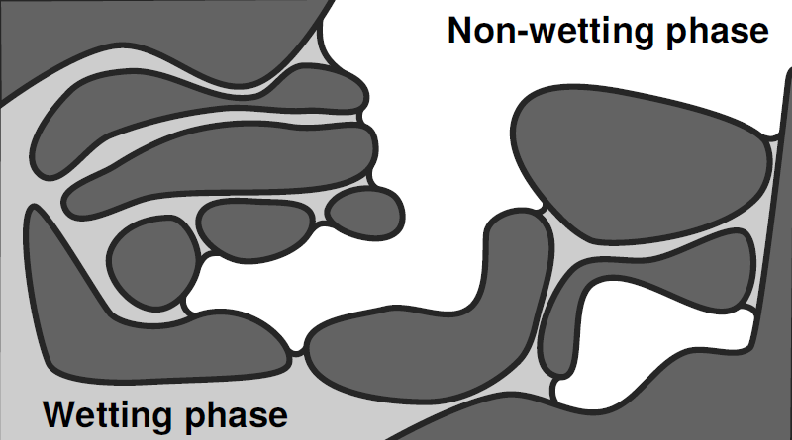Analytical Methods for Upscaling of Fractured Geological Reservoirs, 2015
Pål N. Sævik
Main content
Advisors: Inga Berre, Martha Lien and Morten Jakobsen
Short description of project:
Numerical simulations have become an essential tool for planning well operations in the subsurface, whether the application is petroleum production, geothermal energy, groundwater utilization or waste disposal and leakage. To represent a complicated heterogeneous subsurface reservoir in a simulator model, material properties within each part of the reservoir are replaced by effective properties through upscaling. In this thesis, analytical upscaling methods for fractured reservoirs are studied, with special emphasis on effective medium methods. These methods have been suggested for fracture upscaling by a number of authors, but reliable analytical error estimates and comparisons with comprehensive numerical simulations have been lacking.
The work in this thesis evaluates the accuracy of effective medium methods by providing an extensive comparison between analytical and numerical estimates, for both isotropic and anisotropic three-dimensional fracture configurations. The estimates are also analyzed with respect to known theoretical results, such as rigorous upper and lower bounds, asymptotic behavior and percolation properties.
It is found that one of the effective medium variants, the asymmetric self-consistent method, has the correct asymptotic behavior, satisfy all analytical bounds, and agree well with numerical percolation results. This is somewhat surprising, since the method has been regarded in the literature as having the weakest theoretical foundation. One explanation for the good results may be the special geometry that a fracture/matrix system represents, which agree well with the way the method is defined and derived.
As a part of the work in this thesis, effective medium formulations that are numerically stable for arbitrarily thin inclusions are developed. The formulations show good convergence properties in the general anisotropic case, and explicit expressions for the isotropic and slightly anisotropic case are also given. In the case of very thin inclusions, the new formulations allows the number of input parameters to be reduced.
Finally, the thesis investigates the use of assisted history matching for fractured reservoirs. It is shown that history matching of upscaled models may generate parameter distributions that are inconsistent with the underlying fracture description, result- ing in unphysical connectivity estimates for the fracture network. The problem can be avoided by history matching the fracture parameters directly, and include fracture upscaling as an integral part of the parameter inversion framework. This adds to the computational cost, but the additional computational effort is negligible if analytical fracture upscaling is used.
Link to thesis at BORA-UiB: http://bora.uib.no/handle/1956/10558
